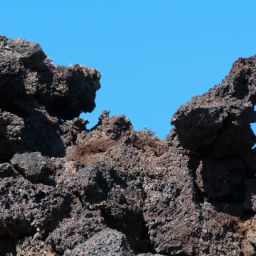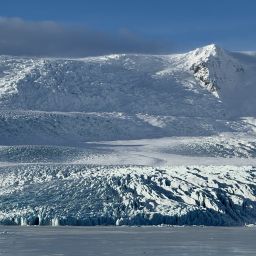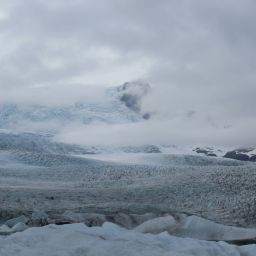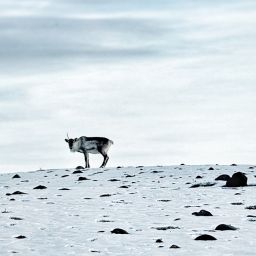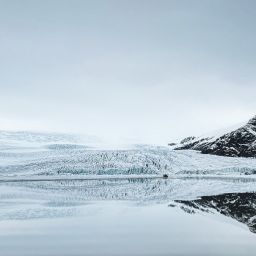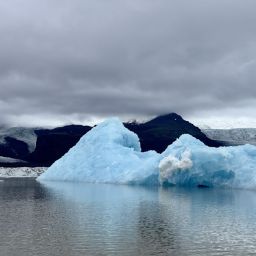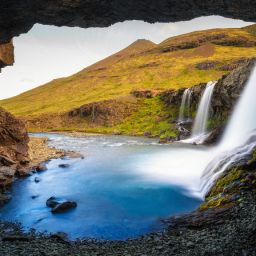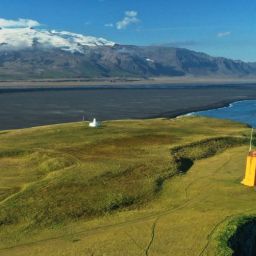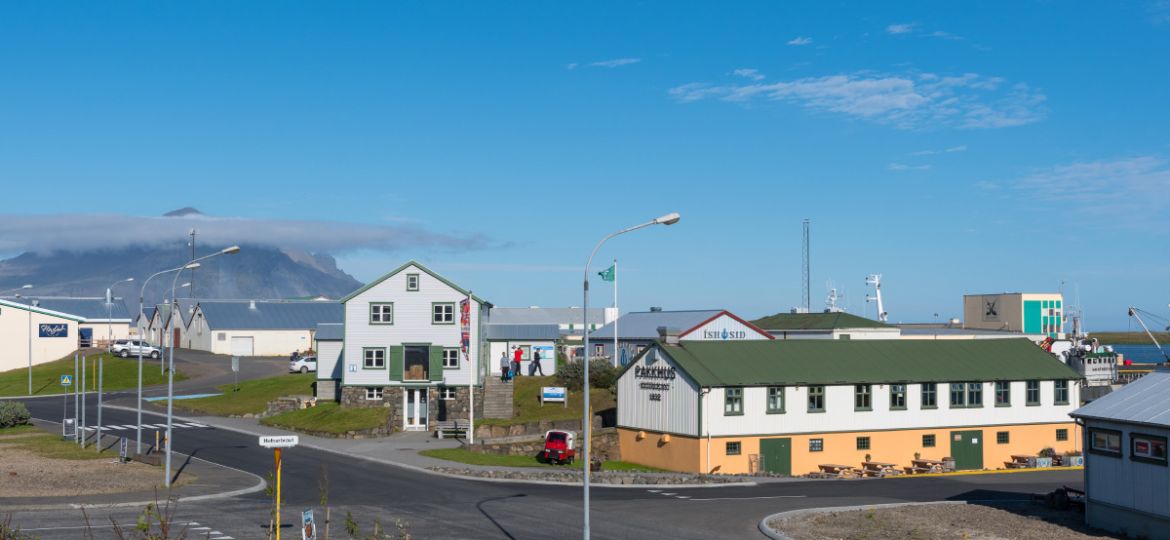
Looking into a town’s past helps understand its present and its future. Iceland’s history stretches back more than a thousand years and the interaction between humans and their environment has woven an intricate cultural tapestry. Höfn’s story kicks off much later, but despite being relatively young by Icelandic standards, this corner of the country has an interesting history that’s well worth delving into.
From the area’s very first resident to the current population, many of the people who make their home here have a strong connection to the sea, while as with Iceland in general tourism also has a major part to play. In this article we’ll take a look at the rich history and heritage of Höfn as we take a cultural journey through time.
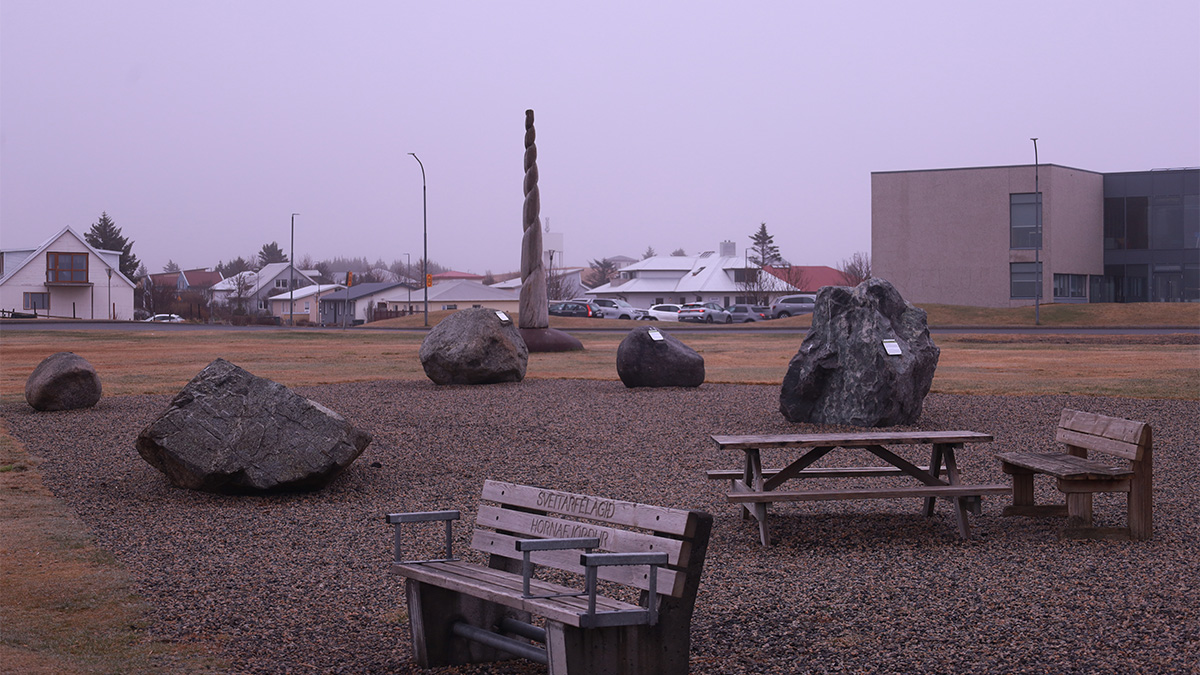
Iceland in the very early years
The first person credited with settling permanently in Iceland is widely held to be Ingólfur Arnarson. Though people had come before him, this migrant was most likely the first to have set sail for Iceland with the intention of living there permanently. He would have travelled west along the south coast of Iceland as he made his way to the cape we now call Ingólfshöfði, spending the winter of 874 to 875 in that wild place.
Ingólfur Arnarson’s trailblazing journey would pave the way for many others to follow. He moved on from Ingólfshöfði to Reykjavik, which he called “Smoky Bay”. From the Icelandic book of settlement we know that hundreds of others followed his lead and the capital region was the site of numerous farms by the time the first parliament met at the Alþing in 930AD.
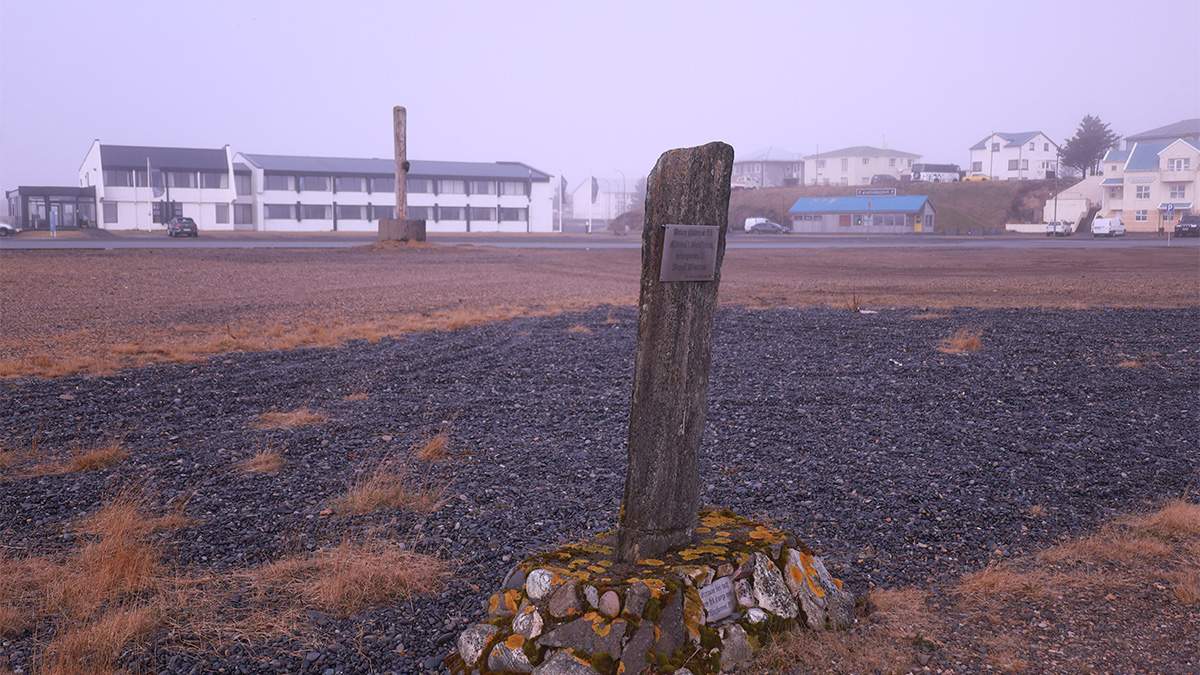
The country’s physical geography created challenges for human development
In the past, connecting the populated areas in and around Reykjavik with the south eastern part of the country was difficult thanks to the country’s physical geography. As today, a vast ice sheet covered the highland region. To the south of Vatnajökull, rivers fed by glacial meltwater meandered across the flat coastal plain as they found a route to the sea.
Until bridges were constructed to span these braided channels, access to the eastern parts of the country would have been very challenging. The last link along the ring road was the bridge that spanned the Skeiðará River, completed in 1974. This would have been compounded by the dramatic and devastating jökulhlaups (glacial floods) that periodically impacted the landscape, laying waste to anything in their path.
What about Höfn?
Höfn’s story wouldn’t begin for more than a thousand years after Ingólfur Arnarson’s arrival. To learn what changed the area’s fortunes, we need to find out about a merchant named Ottó Tuliníus. In 1861, the Alþing approved a motion enabling a place called Papós – located about 15km northwest of present-day Höfn – to become a legal trading port.
Tulinius saw an opportunity to make money and began trading. Initially, he did so from ships that were at anchor by the shore, but within a few years he’d constructed a building on dry land from which to conduct business. Things carried on in this way until 1897. But the harbour wasn’t a good one and it was hard to transport goods beyond Papós to other parts of Iceland, so together with his wife Valgerður Friðriksdóttir, Tulinius decided to up sticks and move.
He settled on a site which would become Höfn. The building – known as Gamlabúð – was transported to Höfn and reassembled in its new location. This move would signal the end of Papós’ story and the start of Höfn’s. The new settlement would be the only settlement in this part of Iceland.
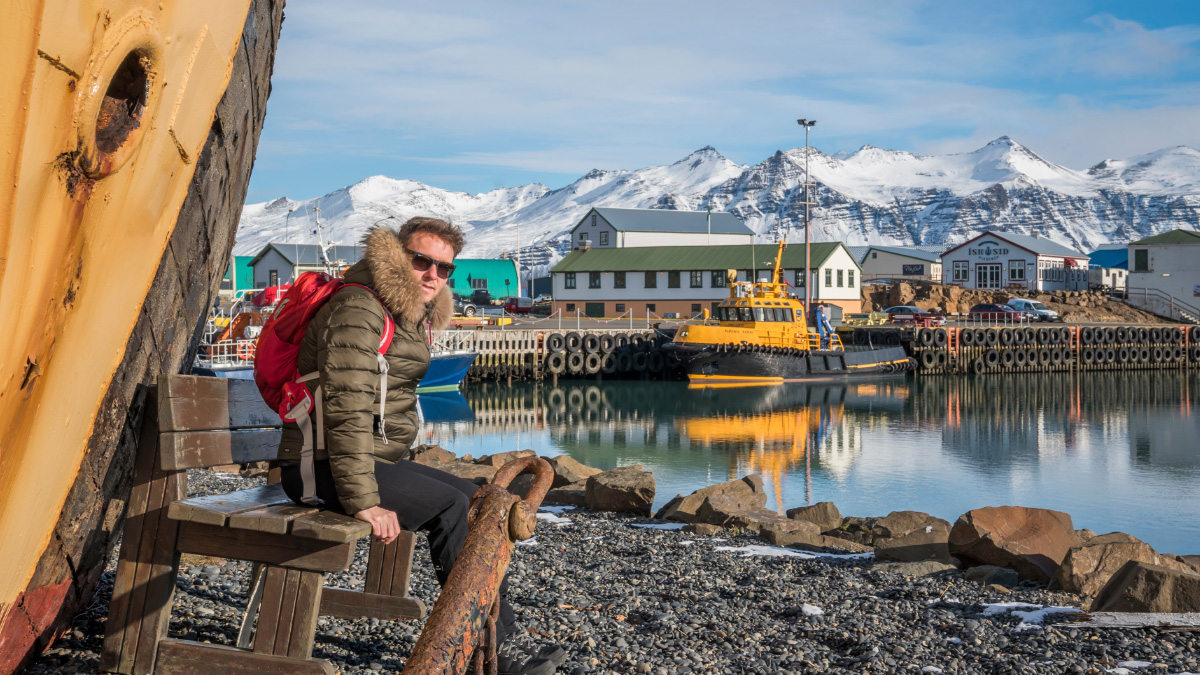
The development of Höfn over time
For many years, Höfn was considered part of Nesjahreppur. It legally became a separate place in 1946 when it had a population of just over 300 people. Höfn was officially allowed to call itself a town on 31st December, 1988. In 2024, according to Statistics Iceland, the place had a population of 1764 people.
Höfn didn’t grow much at first. There were few opportunities in the surrounding area to make a living, which wasn’t attractive to incomers. What little work there was involved manual labour as the ships were loaded and unloaded. The animal slaughter business would also have required workers.
Höfn in the 20th century
However, by 1920, Höfn’s potential as a fishing port had been exploited. Things really took off in the early years of the 20th century when bigger boats came and went. Fish such as grouper, herring and capelin would be important. Even so, in winter, there was very little here except for local farming and subsistence fishing.
A key turning point in Höfn’s fortunes would be the establishment of KASK (the Kaupfélag Austur-Skaftfellinga cooperative). It grew to be a significant employer in the fields of fish processing and trade, though that’s no longer the case. For a time, though, it provided a reason for people to live and work in Höfn.
Infrastructural improvements and consolidation
However, it wasn’t until the 1960s that lobster fishing in the area started to gather momentum. The Hornafjarðarbrú bridge was built in 1961, improving road access, and paid work in the fishing industry could now be secured year-round. In economic terms, Höfn could now more effectively support its population.
The tricky access to the harbour was improved with the construction of new breakwaters, enabling boats to dock safely in more challenging weather. Access to Höfn via Hornafjarðarós still requires channel dredging from time to time, but with modern technology this is much more straightforward than it ever would have been in the past.
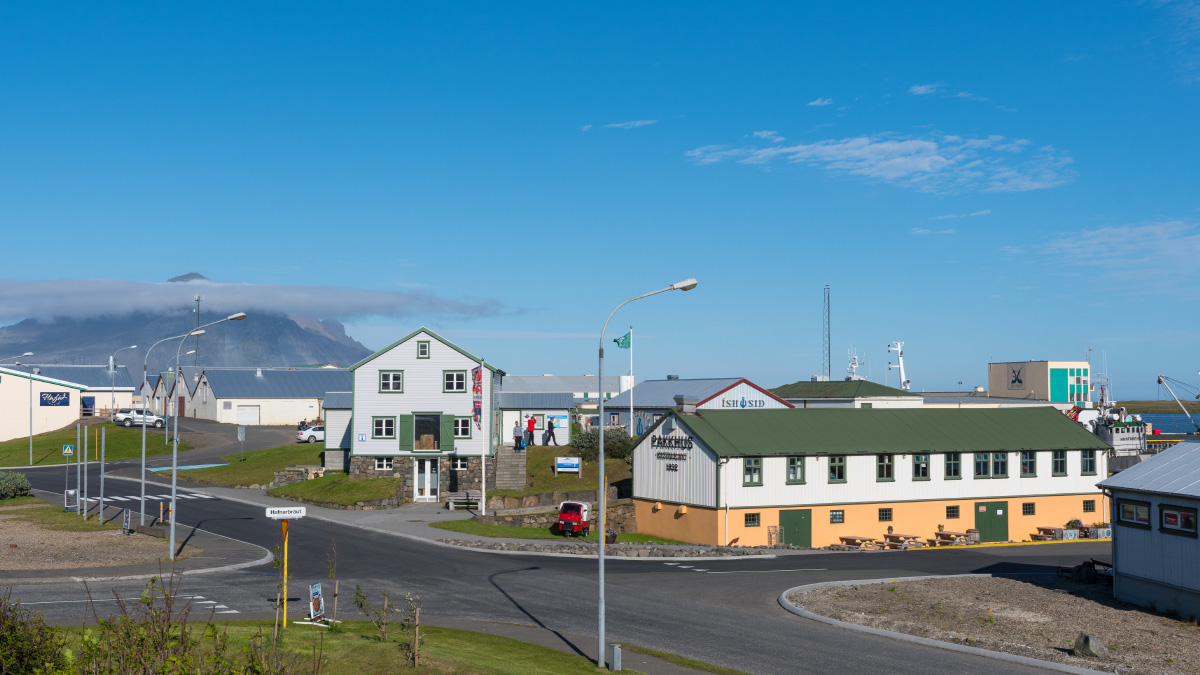
21st century Höfn: the impact of tourism
As visitor numbers to Iceland have grown, so too has the contribution of the tourist industry to the economy of Höfn, beginning another chapter in its history. Many travellers are drawn to the extraordinary surrounding landscape, which includes Vestrahorn, one of Iceland’s most striking mountains. The glacial lagoons of Fjallsárlón and Jökulsárlón are only an hour away, making Höfn a convenient overnight base for those seeking accommodation in the area.
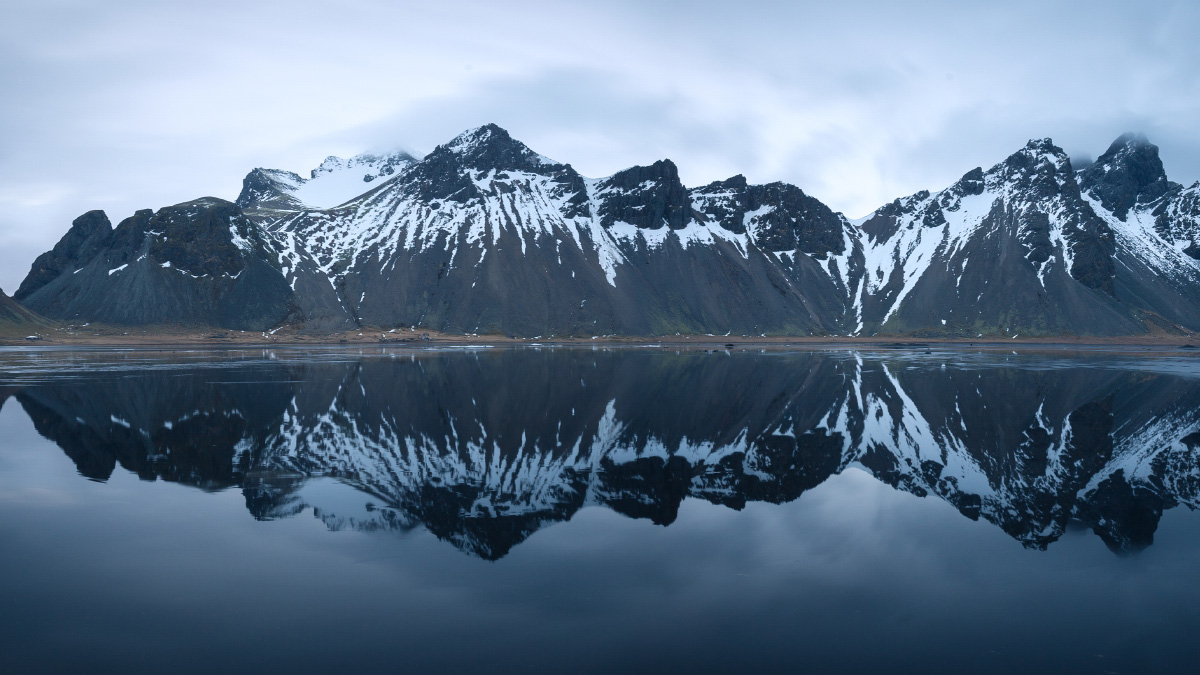
The lobster industry is still of huge importance to Höfn and Iceland as a whole in the 21st century. To this day, Höfn is of course famous as being Iceland’s lobster capital and the crustacean even has its own festival, Humarhátíð, held annually each June to celebrate its maritime connections.
Höfn’s historic buildings
Another part of the appeal of a visit to Höfn is to take a closer look at its most historic buildings. The restaurant Otto Matur y Drykkur bears the date 1897. It is, of course, named after Otto Tulinius. Nearby you’ll find the former warehouse that’s home to the restaurant Pakkhúsið. It was erected in 1932 but repurposed timber from older structures when it was built. The building’s previous function is celebrated in the current décor, as the stamps on the walls date from when fish was exported from this place.
Gamlabúð, which was the building that Otto Tulinius first erected in 1864 at Papós, is older still. Until 1937 it was used as a trading house, and sacks of grain, coffee, sugar and other imports were stacked on the lower floor and also in the attic. Salt, as it could be stored for much longer periods of time, was kept down in the basement. The building itself was relocated for a second time in 1977 and soon became a museum. It was moved back to a harbourside location some decades later and now contains the town’s tourist information centre.
What the future holds for Höfn is potentially very exciting. Skinney-Þinganes – one of the area’s biggest employers – in conjunction with Batteríið architects is considering plans for a new central district. Though these haven’t yet been finalised, they could be transformative for this still-young settlement. Höfn may not have the long pedigree of other towns in Iceland but it’s forged a rich cultural heritage nevertheless. Why not pay a visit and see how things are going?


